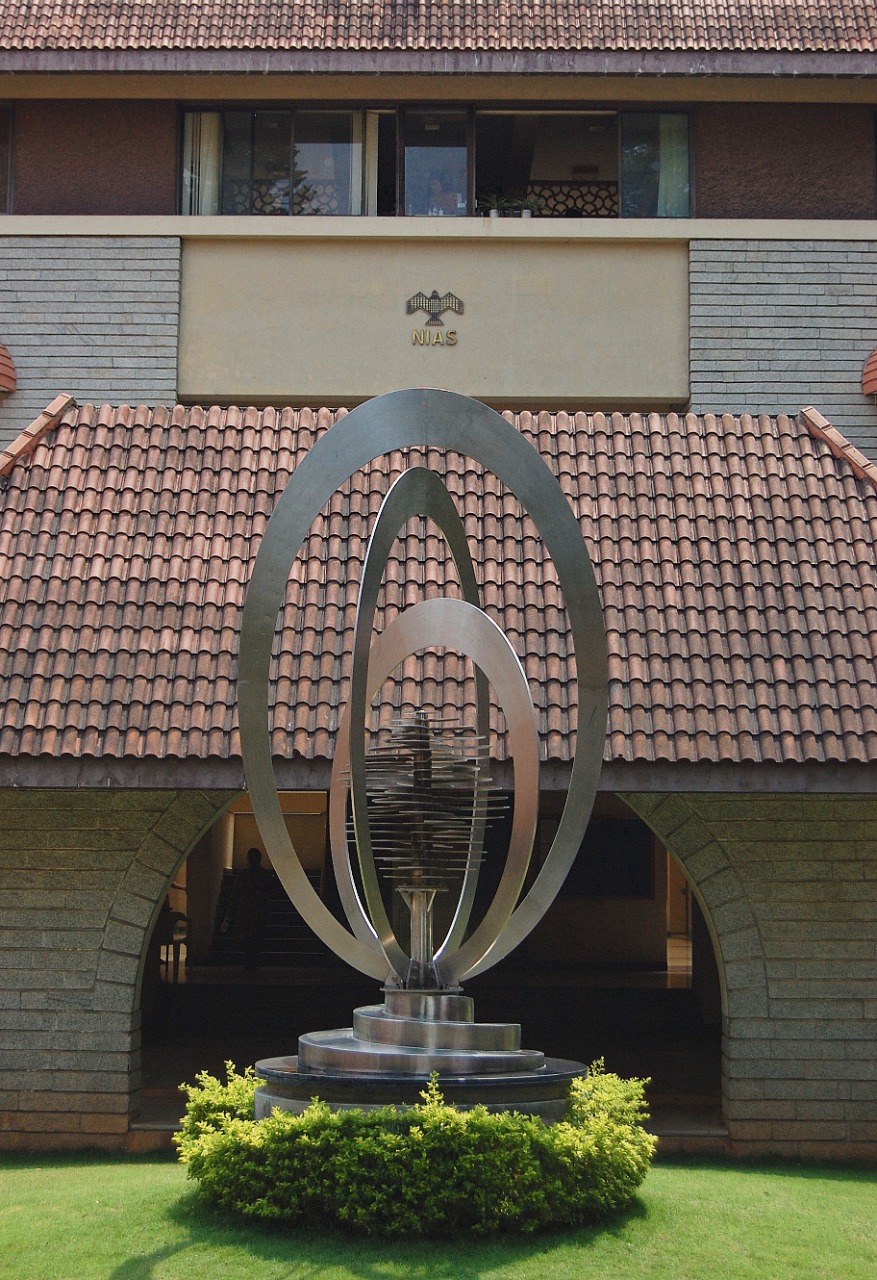
To cite: Srikumar Pullat, Avinash Pushparaj. Evolution of Smart Weapons. NIAS Report No: NIAS/CSS/ISSSP/U/RP/069/2019. Bangalore: International Strategic and Security Studies Programme, National Institute of Advanced Studies, April 2019.
The concept of aerial bombing has evolved and undergone significant improvements in terms of technologies, systems and deployment. While the bombs dropped from balloons in the second half of nineteenth century had a Circular Error Probability (CEP) of a few kilometres, the most recent smart glide weapons can achieve submeter CEP. This report gives an overview of evolution of aerial bombing systems and technologies over the decades. The revolutionary developments in the field of Electronics, Sensors, Software and Mechanisms in recent years, and their impact on improved performance of the systems are highlighted. The status of critical technologies required for developing smart weapons systems in India is mentioned along with their technological readiness level, thereby bringing out that India needs to progress further on Terminal Homing Systems in order to achieve global standards. The report also contains a non-exhaustive survey of glide weapons, Guided bomb units, and Laser guided bombs in order to capture the current trends across the world. A section on the future of smart weapons has also been added, which looks at plausible developments in the future.
